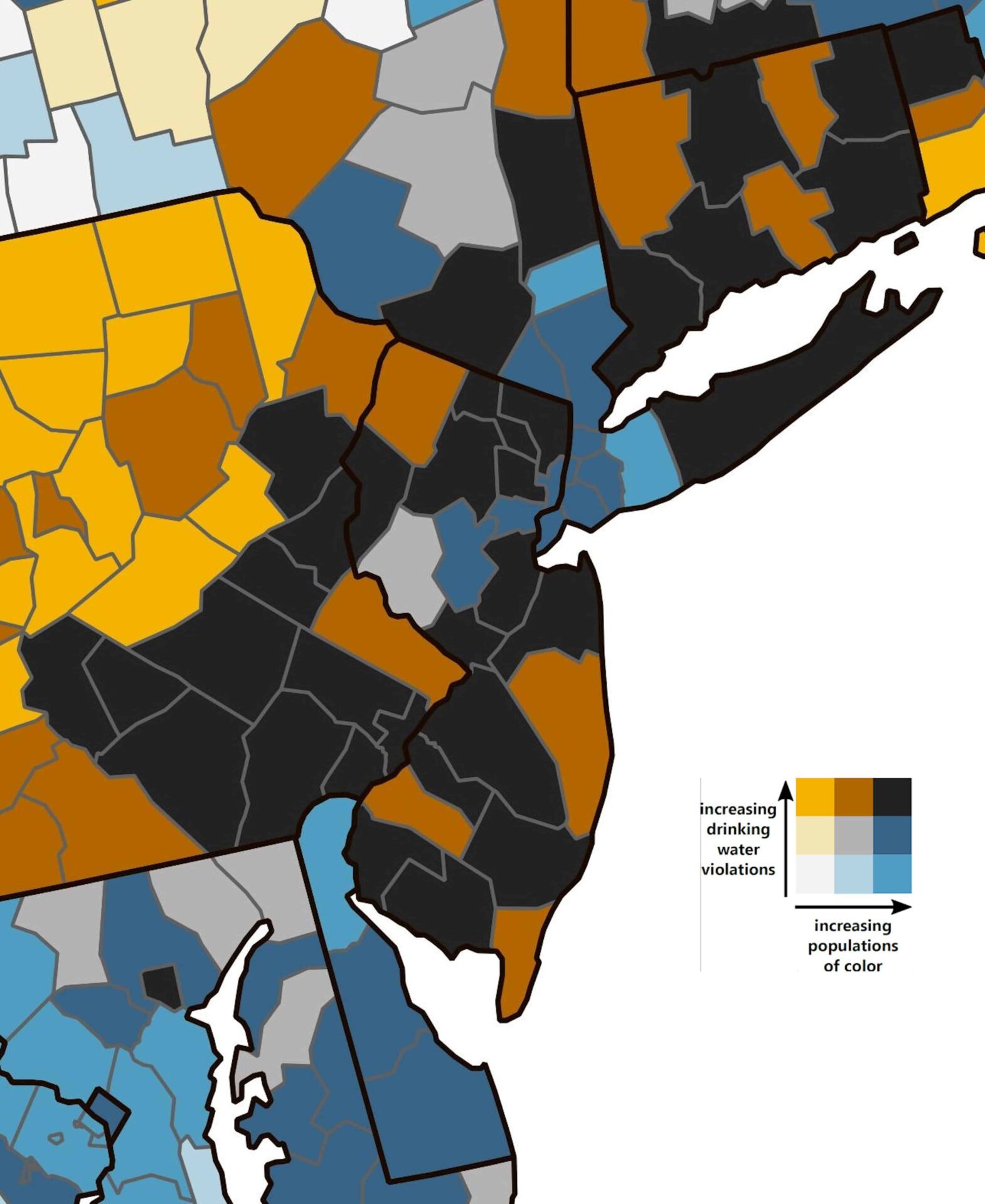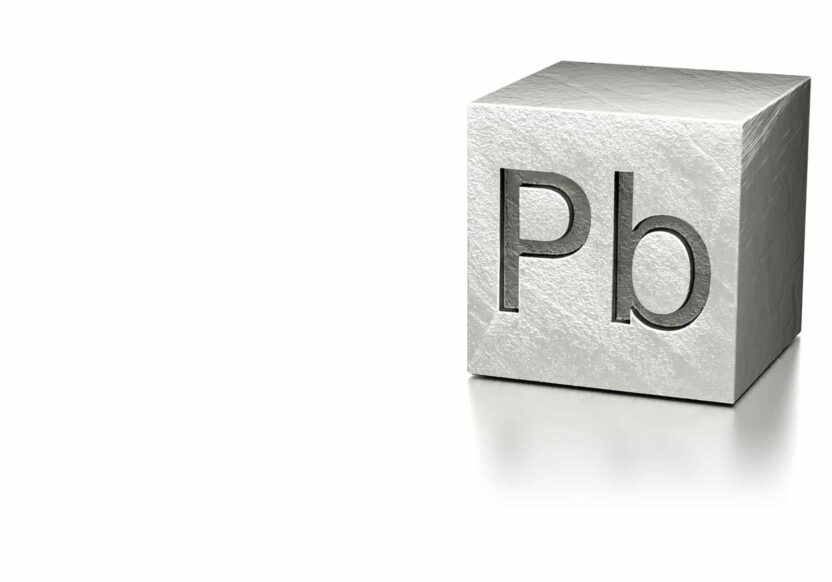It’s way overdue!
By Dorothy Wigmore
School drinking water. “Building back better.” Environmental racism. They’re all involved in accelerating efforts to “get the lead out.”
They’ve been helped by calls to tackle all lead sources in the state, reports linking environmental racism and drinking water, and the Environmental Protection Agency’s (EPA) Environmental Justice Committee’s recommendation that governments treat clean water as a human right.
In the state:
• New Jersey Future’s Lead-Free NJ project is building an inclusive coalition advocating for action about long-time lead hazards in low-income communities and/or communities of color.
• After various hurdles, including a suit filed by Newark teachers and the National Resources Defence Council against the city and state, the city will replace all lead service lines by mid-2021, without direct costs to residents.
• Legislation in New Jersey’s Senate and Assembly will require water providers to inventory and replace lead service lines and pipes.
• Districts soon will start using the state’s $100 million fund for lead in school drinking water.
Federally, activities include:
• The EPA updating its lead and copper rule-setting standards for lead in drinking water.
• “Building back better” by improving access to clean water and lead service lines, with an equity lens.
• In late March, the Senate Environment and Public Works Committee unanimously approved legislation to spend billions to upgrade the country’s infrastructure, including replacing lead service lines.

Lead is a hazard to everyone
There is no safe level of lead for anyone. Children’s growing bodies make them more vulnerable and pregnant women get attention because the fetus is vulnerable. Lead also affects adults’ health, including the ability of women and men to conceive and have healthy children. The metal also affects things like learning, behavior, blood pressure and hearing. There is a strong link between the blood lead levels in preschool-aged children and social issues (e.g., increased crime).
Today’s main sources of lead are paint in older buildings, soil and water. Buildings constructed before 1986 are more likely to have lead or brass plumbing. Depending on temperature, pH and hardness, the fixtures and pipes corrode, adding lead to the water.
In schools, plumbing is usually the main problem. Until lines, fittings, and other parts are replaced, temporary solutions include filters and flushing water fountains regularly. To increase transparency, school districts now must test water for lead every three years, post the results and notify parents when they are above 15 parts per billion.
Environmental racism is common
“Everyone needs good drinking water, wherever they live or go to school,” says Gary Brune, New Jersey Future’s senior policy director. “Activities to remove lead service lines need to focus on the neediest communities. Fiscally distressed urban districts can’t afford the expense themselves. We want to make sure they’re at the front of the pack.”
The environmental racism context is clear in analysis of nationwide violations of the Safe Drinking Water Act from 2016 to 2019. A 2020 report from Coming Clean titled “Watered Down Justice” found a “long-standing pattern of disproportionate and cumulative hazards [from lead] in communities of color and low-income communities.” New Jersey ranked poorly in the report. (See the map and the Resources sidebar.)
The state’s $100 million Water Infrastructure Improvement Fund could change that. School districts applied in late 2020 to complete one or more of the following:
• Improve drinking water outlets.
• Install automated flushing systems (Chicago schools developed one that lowers lead concentrations significantly).
• Replace the entire water line to the school.
• Install, repair, or rebuild well water systems.
More holistic approaches needed
School drinking water gets attention, although it is not the main source of lead for children. It’s a job-related hazard for school staff too.
“Lead is addressed in silos,” says Elyse Pivnick, Senior Director of Environmental Health at Trenton-based Isles, Inc. “There’s lead in water, in paint, in soil. The state and local agencies try, but it’s hard to do with the bigger picture in mind.”
“Lead poisoning affects education outcomes too, especially for minority children in older cities,” she says. “Teachers are judged by their students’ scores. If they’re low, it may look like teachers aren’t doing their job or the child’s not trying. But teaching a lead-burdened child is a lot harder than teaching one without lead; learning’s harder too.”
Annual state surveillance reports indicate how many children tested at or above 5 ug/dL for lead in blood. (The unit “ug/dL” is the measure of micrograms of lead per deciliter of whole blood.) The 2019 report named the top five large municipalities: East Orange, Trenton, Atlantic City, Irvington and West Orange.
“However, they do not say how many children start kindergarten with at least one elevated test result,” Pivnick says. “Why don’t schools ask for proof of a lead test before a child starts school? If there are problems, a knowledgeable child study team member would look at it and help plan effective responses.”
Dorothy Wigmore is a long-time health and safety specialist, trained in occupational hygiene, ergonomics and “stress.” A Canadian, she also has worked in the U.S. and Mozambique, focusing on prevention and worker participation to solve job-related hazards.
What can health and safety committees and/or local unions do?
• Take a holistic approach, advocating to protect everyone by removing all lead sources in schools.
• Discuss lead-related activities with the district, including test results, funding applications, etc.
• Prepare for federal funds to repair schools, working with the district to:
– Inventory sources of all major hazards (e.g., lead, asbestos, poor ventilation) and review related documentation.
– Review how well schools meet related legal requirements (e.g., the Asbestos Hazard Emergency Response Act/AHERA, New Jersey indoor air quality rules).
– Set priorities.
• Push for integrated responses (e.g., if a wall is being opened up, deal with all the hazards behind it at once).
• Work with community groups (e.g., Healthy Schools Now, Isles, Lead-Free NJ) to reduce siloes and support improved standards.
Resources
Healthy Schools Now: njwec.org/hsn
Isles, Inc.: isles.org
New Jersey Department of Education school drinking water database: nj.gov/education/lead/summaries/#/
NJEA health and safety columns, including:
• What’s in Your Water?: njea.org/whats-in-your-water
• Part 2: Getting Things Fixed, Reducing Toxins: njea.org/whats-in-your-water-part-2-getting-things-fixed-reducing-toxins
Coming Clean:
Watered Down Justice – Sociodemographics and Violations of the Safe Drinking Water Act: bit.ly/watered-down-justice
